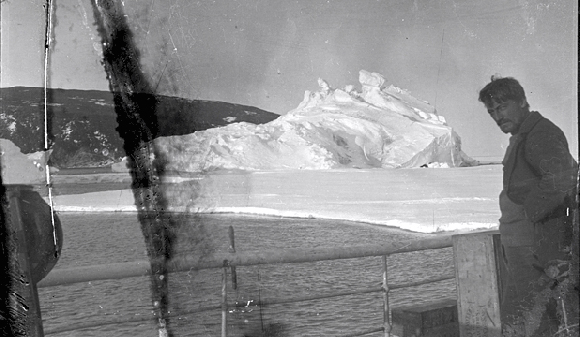
A project to protect artifacts linked to historical Antarctic exploration has been completed.
The Antarctic Heritage Trust of New Zealand calls its work to save three buildings and thousands of artifacts once used by Ernest Shackleton and Captain Robert Falcon Scott “the world’s most extreme conservation project.”
Over the life of the restoration, which was completed in the end of January, 62 specialists from 11 countries worked to preserve the heritage of exploration in a project unprecedented in scale and complexity in the polar regions.
At the turn of the 20th century Antarctica was the focus of a great race of exploration and discovery, known as the ‘heroic age’ of exploration (1895-1917).
Expeditions led by some of the most famous explorers built simple wooden bases from which they set out to explore the continent. These explorers mapped and undertook the first scientific study of Antarctica.
The departure of Shackleton’s Ross Sea Party in 1917 marked the end of the heroic era. The huts weren’t re-entered until 1946.
Three heroic-era buildings and their artifact collections — used by Shackleton and Scott — were in danger of loss after a century of extreme weather. To combat degradation, the Antarctic Heritage Trust worked year-round in Antarctica with the support of Antarctica New Zealand.









